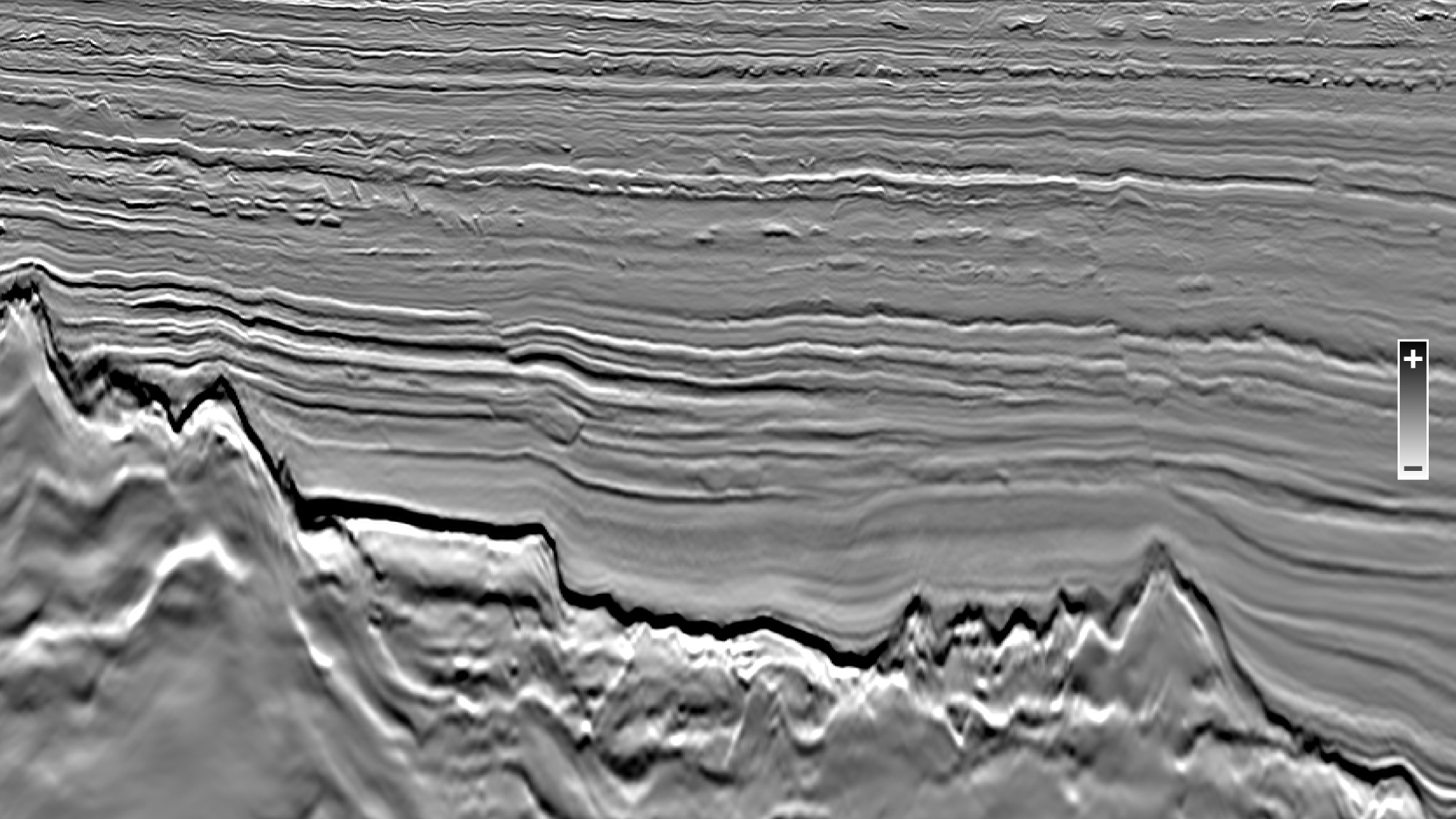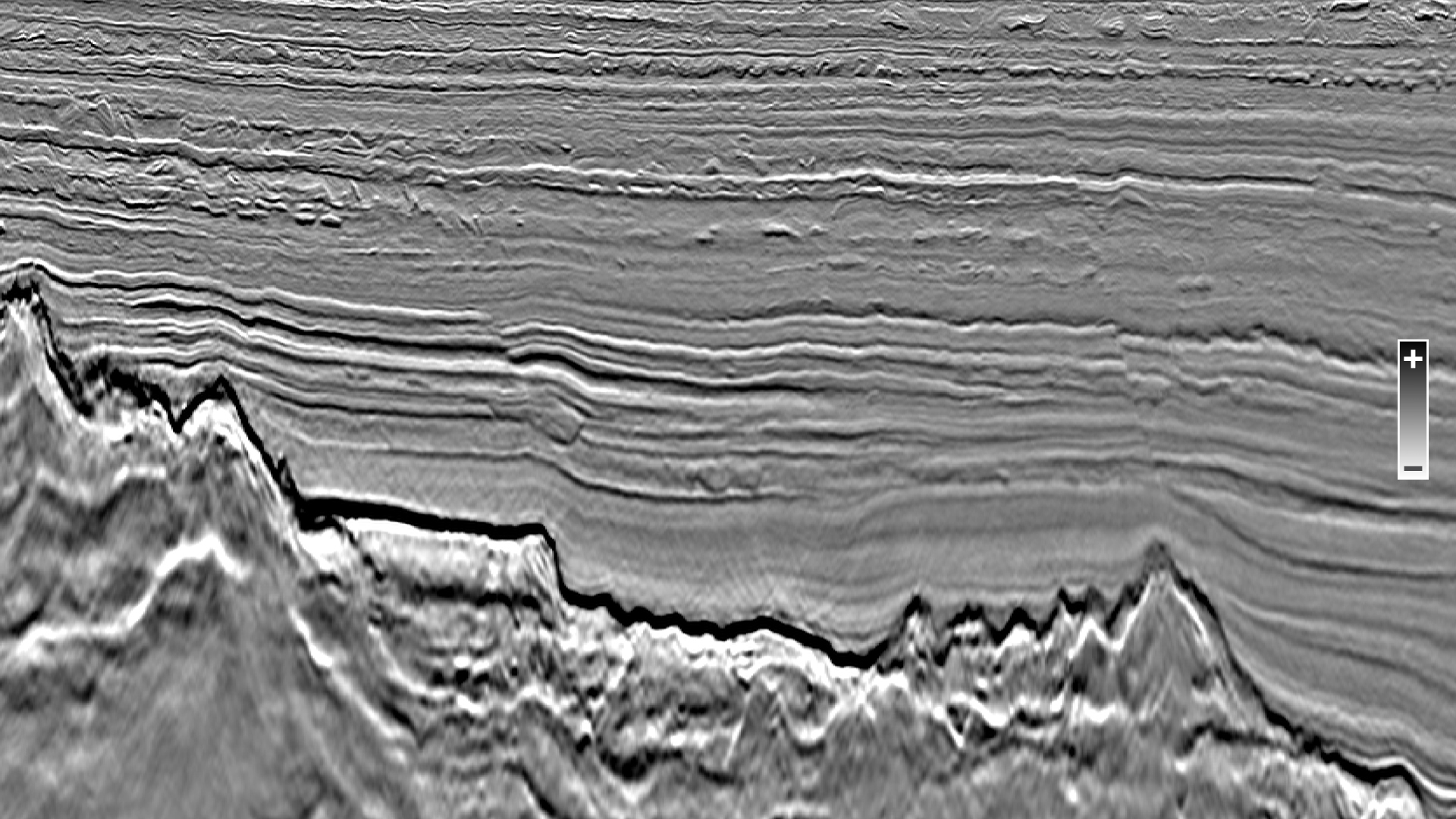Seismic data processing, a complex and non-deterministic task, has traditionally faced challenges in separating signal from noise. Here we summarize the integration of machine learning (ML) into seismic data processing, emphasizing its transformative potential, and real-world applications.
Julien Oukili, Jyoti Kumar, Jon Burren, Steve Cochran, Martin Bubner, Denis Nasyrov and Bagher Farmani demonstrate the benefits of implementing deep neural networks for certain steps of seismic data processing on data examples from around the world in the December edition of First Break. Read more ‘Large-scale industrial deployment of machine learning workflows for seismic data processing’.
The Power of Machine Learning in Seismic Data Processing
Machine learning, particularly through the utilization of deep neural networks, has emerged as a transformative force in the field of seismic data processing. This paradigm shift allows for the automation of specific processing steps, liberating geophysicists from laborious optimization tasks and enabling them to focus on enhancing data quality.
Challenges in Conventional Processing and ML Solutions
Conventional seismic data processing involves a sequential, time-intensive strategy. ML, however, disrupts this approach by accelerating specific processing steps. The following use cases exemplify the practical application of ML in the seismic data processing workflow currently employed by PGS.
Use case 1: Noise removal in raw data prior to wavelet processing
ML proves instrumental in denoising raw seismic data before applying wavelet processing. The Real Image Denoising Network (RIDNet), a convolutional neural network (CNN), is employed for its efficiency in noise attenuation. Case studies from the Eastern Mediterranean, Faroes Shetland Basin, and offshore Malaysia showcase substantial noise reduction and improved wavefield generation and these examples can all be seen in the First Break paper. An example from Malaysia is shown below.
Shot gather from shallow water Sarawak, offshore Malaysia. RIDNet application on hydrophone data. The raw hydrophone data shows towing noise at far offsets and spurious noisy traces.
Use Case 2: Noise Attenuation in the Post-Migration Image Domain
Migration noise, often problematic in seismic images, is effectively mitigated using ML techniques. A CNN-based denoising approach, particularly the U-net architecture, demonstrates success in offshore Newfoundland and Norway. This technique significantly improves signal-to-noise ratios, enhancing structural interpretation and supporting quantitative interpretation workflows.
Use Case 3: Diffraction Event Detection
Expanding the ML frontier, diffraction event detection becomes a potentially critical application in New Energy and CCS. Leveraging the convolutional neural network (CNN) with U-net architecture with an inverted time axis, this approach identifies and separates diffraction events ('tails'). This nuanced strategy enables sharper imaging of small-scale heterogeneities, presenting exciting possibilities for detailed interpretation across diverse datasets.
Slices through the diffraction image volume. Seabed (left) and 1 368 ms under seabed (right). Glacial features dominate the seabed image except towards the left side of the image: the water bottom goes rapidly deeper and is therefore practically free of iceberg marks. The deeper image shows both a large network of sub-parallel faults as well as small-scale polygonal faulting in the lower left side of the image.
Practical Considerations for Implementation
The implementation of ML in seismic data processing requires a nuanced approach, including understanding data characteristics, collaborating with Imaging specialists, and fostering a culture of continuous learning and adaptability within the team.
Real-World Applications and Practical Implications
The successful integration of ML into seismic data processing has far-reaching implications across various applications.
- Exploration and Appraisal: Accurate imaging and noise reduction are pivotal for identifying potential hydrocarbon reservoirs during exploration and appraisal. ML aids in achieving this by providing clearer images and reducing uncertainties.
- Development and Production: ML streamlines detailed imaging and attribute analysis, essential for reservoir characterization and production optimization. Informed decisions regarding well placement and production strategies are facilitated.
- Carbon Capture and Storage: Seismic data plays a crucial role in site selection and monitoring of carbon storage projects. ML techniques improve data quality, allowing for more accurate assessment of subsurface structures and storage potential.
- Environmental and Geotechnical Studies: ML enhances the accuracy and efficiency of studies related to geological hazards, groundwater resources, and infrastructure stability. Cleaner data and automated interpretation tasks contribute to more reliable results.
Shaping the Future of Seismic Data Processing
Our commitment to pushing the boundaries of seismic data processing is evident in our recent First Break publication. By embracing ML, we have not only enhanced efficiency and accuracy but also empowered our geophysicists to focus on higher-level tasks. The collaboration between geophysicists and ML specialists remains pivotal, ensuring a seamless integration that propels the industry toward more advanced and efficient seismic data processing.

Contact Julien Oukili

Contact Jon Burren


